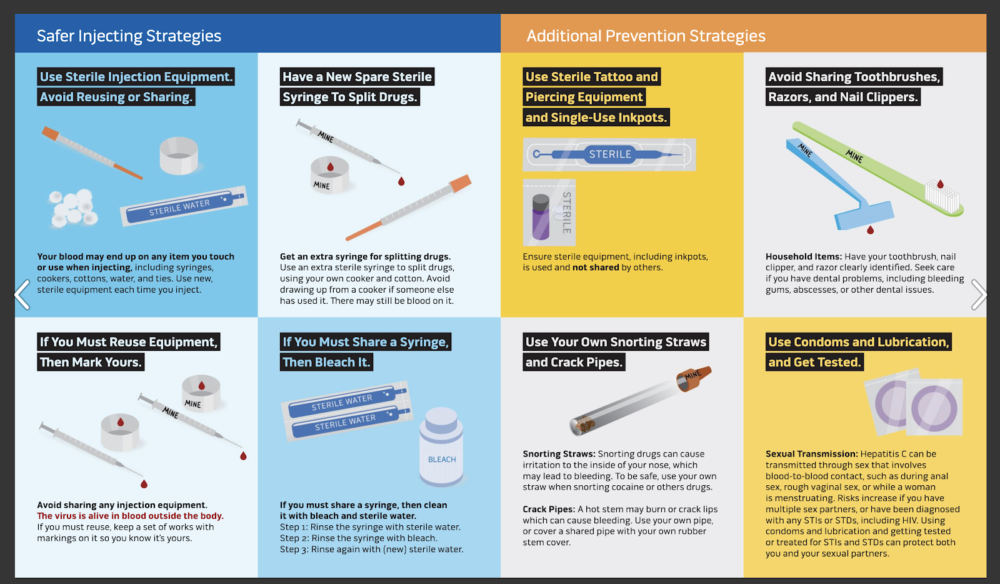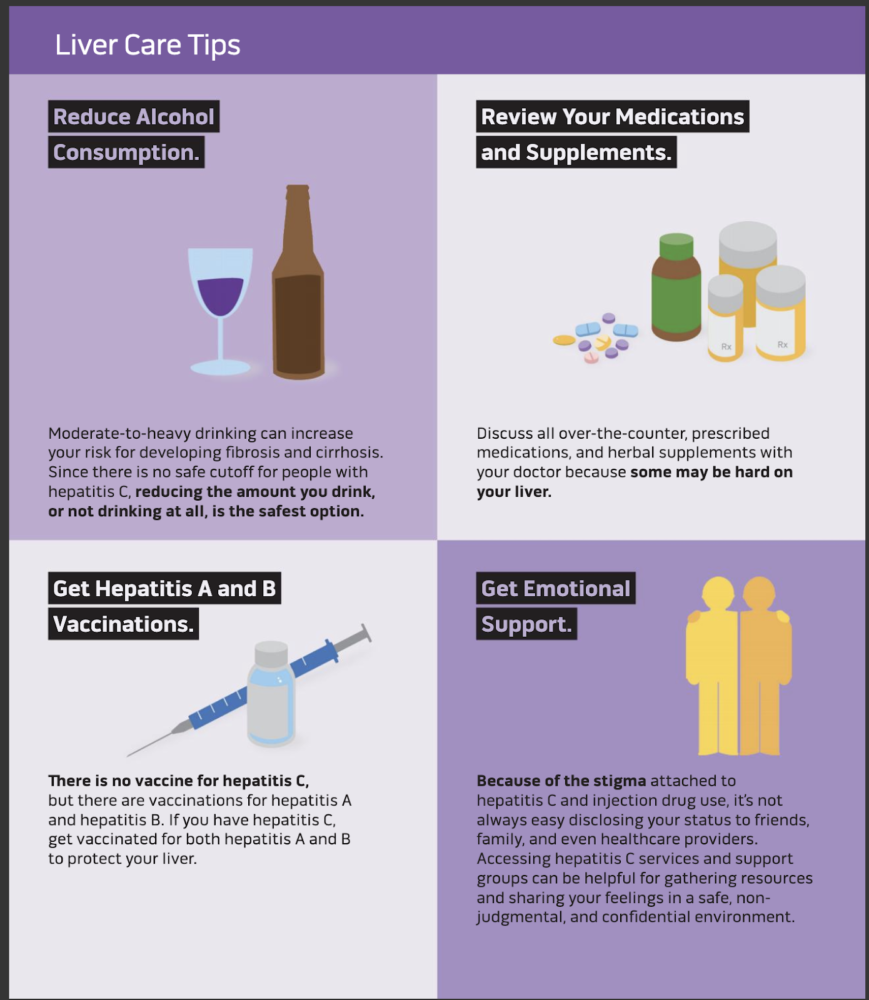July 28th is World Hepatitis Day, and this year’s theme is designed to raise awareness and encourage action in finding the estimated 290 million people who are unaware they have viral hepatitis. Worldwide, 325 million people are living with viral hepatitis.
What is viral hepatitis? In simple terms, it is an inflammation of the liver and is caused by a group of specific viruses that attack the liver. There are a number of types of viral hepatitis, however; the most common in the United States are Hepatitis A, Hepatitis B, and Hepatitis C. Types A and B are vaccine-preventable and all three are treatable with a series of medications.
Viral hepatitis disproportionately impacts minority populations in the United States. According to the US Dept. of Health and Human Services Office of Minority Health, “In 2015, non-Hispanic blacks were 1.5 times as likely to die from viral hepatitis, as compared to non-Hispanic whites. In 2016, African Americans were almost twice as likely to die from Hepatitis C as compared to the white population. In 2016, African Americans were 2.5 times more likely to die from Hepatitis B than non-Hispanic whites.”

Currently, Hepatitis C rates are rapidly on the rise for 20 to 29-year-olds. One of the underlying reasons for the increase in viral hepatitis infection rates is drug use. According to the Cleveland Clinic’s Dr. William D. Carey, M.D., “Hepatitis C is on the rise in populations with increasing intravenous drug use: younger people, as well as white and non-urban populations.” Injection drug use is one of the most common ways to contract Hepatitis C, and there are many different harm reduction practices people can use to reduce the likelihood of transmission or spread. The Harm Reduction Coalition has great graphics outlining these practices.

As with most public health issues, viral hepatitis is complicated during the COVID-19 pandemic. We know that people with underlying health issues are at a higher risk of experiencing more severe complications from COVID. Additionally, COVID makes the harm reduction practices of not sharing syringes and having sterile supplies even more critical at the same time that supplies are more difficult to access.
Call to Action: Hepatitis C is curable, but often the cure is cost-prohibitive for people. So on World Hepatitis Day, make calls to your local, state, and national leaders to support making health care accessible to all people and medications affordable. Additionally, in 2016, every government across the globe made a commitment to eliminate viral hepatitis by 2030. The World Hepatitis Alliance has created a letter to try and keep the governments of the world accountable to this promise. You can sign on to their letter here: https://www.nohep.org/2020whdletter/.
Resources:
The Harm Reduction Coalition has a great pamphlet about People Who Use Drugs and Hepatitis C that can be found here. https://harmreduction.org/hepatitis-c/hcv-basics/
For more information about World Hepatitis Day, visit their website at – https://www.worldhepatitisday.org/.
https://www.cdc.gov/hepatitis/abc/index.htm The ABC’s of hepatitis.

